All iPhones compared: Which Apple iPhone suits whom?
Apple has many iPhones on offer. When looking for the right model, it’s easy to lose track of what’s available. We can help you with that. Therefore, we compare all available iPhones and figure out what’s the best one for you!
Since the first iPhone in 2007, the US company has regularly supplied us with many new models. But which current iPhone is the right one for whom? We give you an overview.
Who knows where Apple would be today without its iPhone (here with contract). The successful model is still the most important pillar of the tech giant and accounts for over 40 per cent of total sales. Accordingly, Apple likes to expand the product line year after year and offers more and more models. In 2021, for example, just like the year before, four new iPhones were presented in one fell swoop. Of course, that doesn’t make it any easier to decide which iPhone to buy. We’ll help you decide.
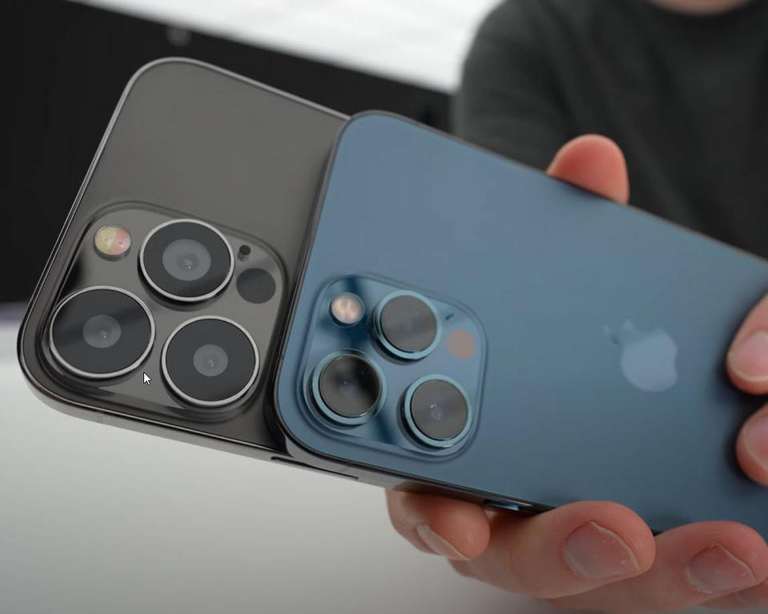
iPhone 13 Pro (Max): The best iPhone in 2021
Apple has delivered great devices with the Pro versions of the iPhone 13 models. The innovations include the increased refresh rate of 120 hertz, the larger battery, the once again improved camera and the Apple A15. This makes the iPhone 13 Pro (here with contract) and the iPhone 13 Pro Max the best iPhones you can currently buy.
In terms of the camera, as with the predecessor, a triple camera is used, which is supplemented by the LiDAR scanner. The latter is particularly useful for AR applications and will probably only develop its full potential in the future. It emits light beams that are invisible to us and measures how long they take to arrive back at the sensor. With the depth information thus obtained, the LiDAR scanner can create a detailed image of the surroundings.
Especially in low-light conditions, this also benefits the camera: with the help of the sensor, the camera of the iPhone 13 Pro can determine the depth of field even when the cameras of the standard models fail. The LiDAR scanner made its iPhone debut in the iPhone 12 Pro (Max) and is likely to be installed in more and more models in the future.
Also see:
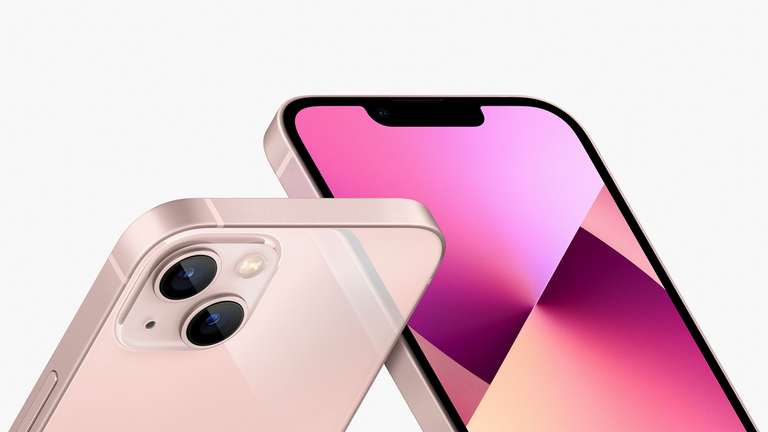
iPhone 13: It doesn’t always have to be “Pro”.
Even if the LiDAR scanner and the 120-hertz refresh rate are missing in the iPhone 13 (here with contract), it is an all-around successful high-end smartphone. This is mainly due to the great overall package: display, camera, chip, haptics and design are also at the top level in the iPhone 13. If you are looking for an iPhone that is equipped with the latest technology and can take great photos and videos, you are on the safe side with the iPhone 13.
Looking again at the differences to the Pro models, one thing stands out: The Pro features are nice and may prove useful for some users, but for most of you the “normal” iPhone 13 should be sufficient. An increased refresh rate is a good thing, but 60 hertz rarely, if ever, matters under the enormously fluid iOS 15. The same applies to the LiDAR scanner: in everyday life, few people will notice that it is missing from the iPhone 13.
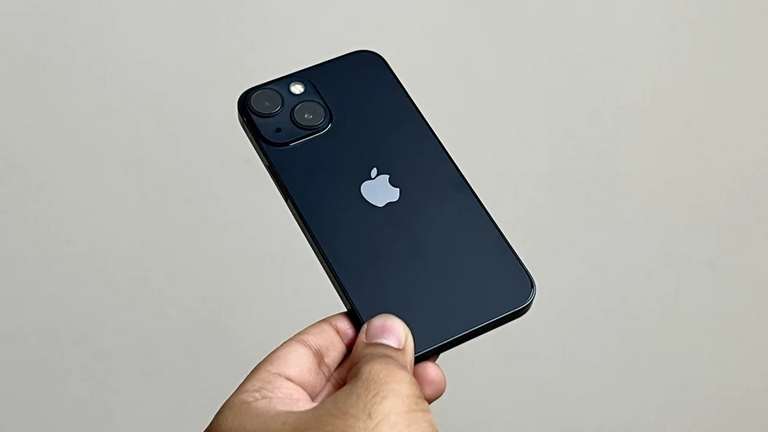
iPhone 13 mini: Just like the big ones, only small
We can be brief here: If the iPhone 13 is a bit too big for you, the iPhone 13 mini (here with contract) comes into play. The smallest model of the current iPhone series impresses with top technology in a handy format and makes everyone happy who longs for the good old days with compact mobile phones (here with contract). Apart from the size and the less enduring battery, the iPhone 13 mini does not differ from the iPhone 13.
iPhone display sizes at a glance
- iPhone 13 Pro Max: 6.7 inches
- iPhone 13 Pro: 6.1 inches
- iPhone 13: 6.1 inches
- iPhone 13 mini: 5.4 inches
- iPhone SE (2020): 4.7 inches
- iPhone 11: 6.1 inches
- iPhone XR: 6.1 inches
The display sizes of the iPhone 12 models do not differ from their respective successors.
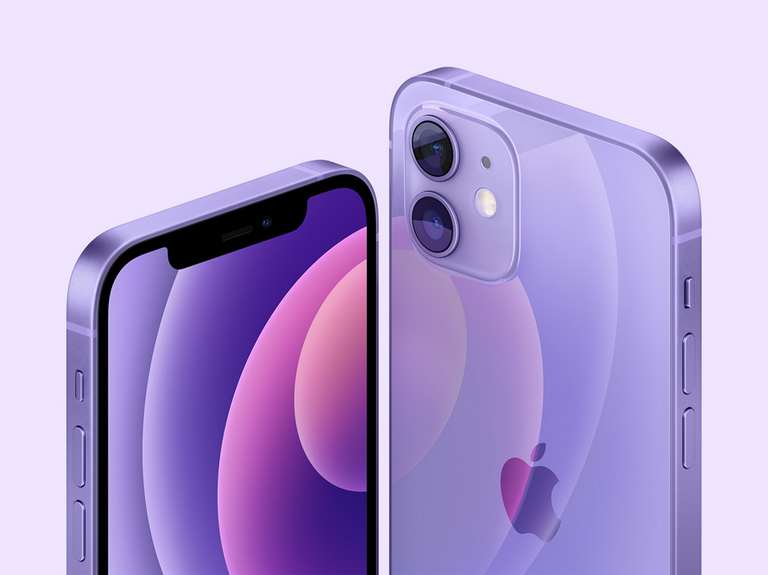
iPhone 12: Will the previous generation be enough?
Now it gets really exciting: if you look at the iPhone 12 (here with contract) and the iPhone 13 right next to each other, the question arises pretty quickly whether the predecessor of the current model is still up to the job. And even at a second glance, you have to look for the differences with a magnifying glass.
The display is brighter, the battery lasts longer, the camera is better and the chip is faster. However, everything is on a level that seems almost marginal in some cases. Of course, if you are buying a new device, you should consider the iPhone 13, as it is ultimately the newer device and, if in doubt, you can get updates for a year longer. However, Apple traditionally offers updates for a very long time and you can save about 100 euros with the iPhone 12.
It is easier to give a recommendation for the Pro models. Because the iPhone 12 Pro (here with contract) and iPhone 12 Pro Max are still missing some features that, in our opinion, belong in a real Pro model. For example, the iPhone 12 Pro Max (here with contract) lacks the increased refresh rate of 120 hertz (“Pro Motion”) as well as the macro and cinema modes. In addition, the iPhone 12 Pro does not yet have optical image stabilisation with sensor-shift.
So if you want the real “Pro feeling” and are already prepared to shell out a lot of money for your new Apple smartphone, you should go for the iPhone 13 Pro and iPhone 13 Pro Max. Even though the Pro models of the previous generation are still very good smartphones, they are less able to keep up with their successor than the standard models do.
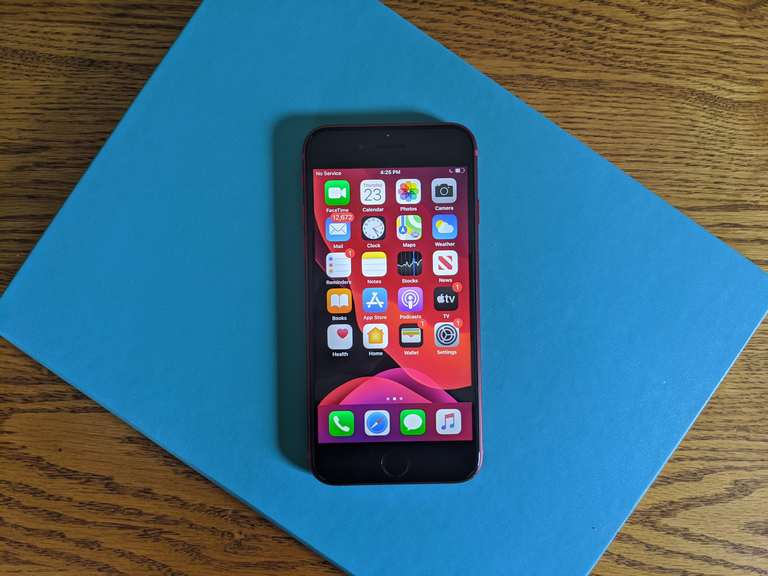
iPhone SE: Special Edition for budget travellers
Apple builds some of the best smartphones on the market year after year, but they also cost a lot. Low-priced iPhones are few and far between. This is also due to the – for technical products – low depreciation. But the US giant is not leaving its customers out in the cold: With the iPhone SE, Apple has a product class on offer that recycles old looks, combines them with new technology and offers them at a relatively low price.
This is what happened with the second-generation iPhone SE. The “SE” stands for Special Edition and already describes where the journey is heading. Visually, the iPhone SE (2020) (here with contract) looks like an iPhone 8, but inside is the Apple A13, which is known from the iPhone 11. The camera has also been updated and, even though it is a single-lens camera, shoots decent photos.
The operation has jumped back a few generations with the home button and Touch ID, but can still convince some users who do not like the new operating concept. So for a current price of 479 euros, you get a solid iPhone that still gets you through everyday life quickly and reliably.
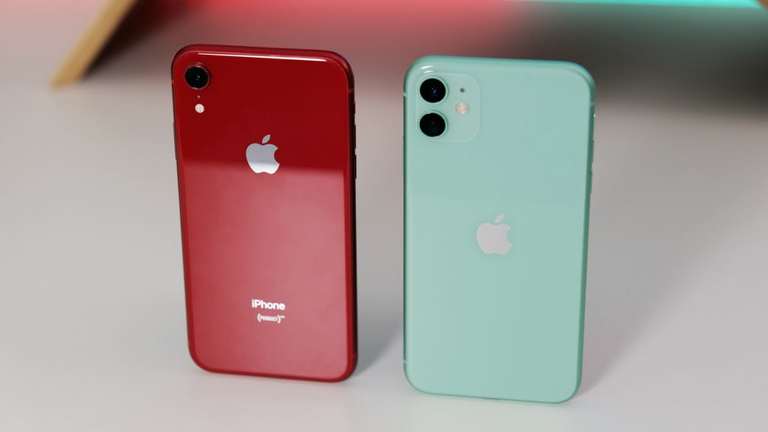
iPhone 11 & XR: Have the old models had their day?
Besides the iPhone SE (2020), there is another way to save money when buying an iPhone: with older models, such as the iPhone XR (here with contract) or iPhone 11. The latter is even still sold by Apple itself. The price for the iPhone, which was released two years ago, is 579 euros. The iPhone XR, on the other hand, is still available in many shops for around 450 to 500 euros. Compared to the iPhone 13 (from 899 euros), you will find a much cheaper entry in both cases.
Both the iPhone 11 and the iPhone XR are still convincing in some respects: The speed of the built-in chips is still very good. Even more complex apps such as 3D games can usually be played smoothly. Also good to know: You won’t have to do without the latest software for many years. The current iOS 15.2, for example, still supports the six-year-old iPhone 6s. If Apple continues on this path, both models should be supplied with updates for about another 4 years.
Compared to the newer models, the poorer display is particularly noticeable. Apple uses LC displays in both the iPhone 11 and the iPhone XR. Although the screens are good and sharp enough for most people, they cannot compete with the quality of OLED displays in the newer models.
Conclusion of our iPhone comparison: Apple has something for everyone
Choosing your new iPhone is not that easy. Apple has many attractive devices in its line-up, but some of them cost quite a bit. If you just want to get a taste of the Apple world and are not willing to spend a lot of money on a smartphone, the iPhone SE (2020), iPhone 11 or iPhone XR might be worth a look. Here you get solid technology for a mid-range price and are rewarded with iOS and a chic Apple design.
However, if you want to be technically up-to-date and simply cannot do without features such as the OLED screen, there is nothing to be said against a newer model. On the contrary: the current devices are among the best smartphones on the market. If you don’t have an iPhone 12, we can recommend the iPhone 13. If you want a compact device, the iPhone 13 mini is worth it. If you are looking for the absolute top models, we recommend the iPhone 13 Pro or the larger iPhone 13 Pro Max.